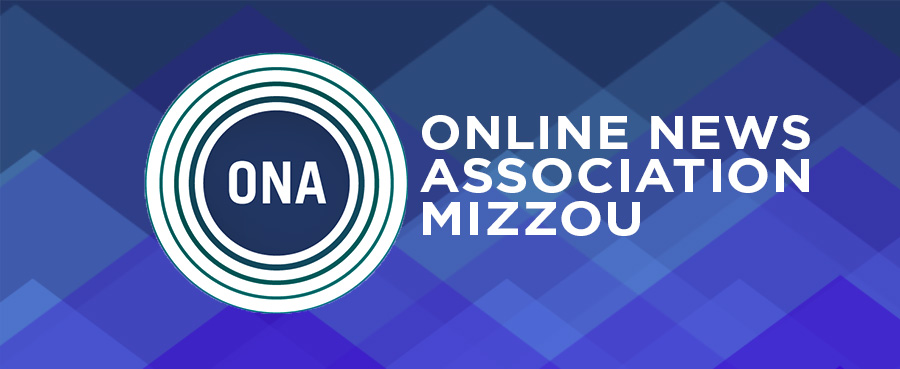We've got a crowded room here at 110 Lee Hills Hall (the Missourian building), but there are still plenty of seats for any latecomers. Hope to see some more underclassmen here to learn more about the options they have in the journalism school!
Amy Bruer, an undergraduate adviser, says not to get bogged down by all of the options - a lot of times, you'll end up figuring it out as you go. Also, the journalism school makes sure all students get a taste of multimedia reporting, because no matter what sequence you're in, you'll likely end up working in a multimedia environment.
Should a student elect for Strategic Communications, they have the option to choose between three newsrooms: Mojo Ad, AdZou, and Yaya Connection. They all have different environments, catered toward different emphasis areas and student strengths.
In 4804, the Convergence Reporting class, students will work in teams to find a story, choose a newsroom to pitch the story to, pitch it, and go out and execute. On off weeks when not working on freelance stories, student will find themselves working in the Missourian newsroom. Convergence students could also work at KBIA, KOMU, or Newsy, depending on their preferences.
Photojournalism students are most likely to work at the Missourian, and can actually see themselves working there for an extra semester as part of the photo staff.
International Journalism students often find themselves studying abroad and getting internships at foreign newsrooms, many of which have a different culture than American newsrooms.
Any student has the opportunity to study abroad, not just International Journalism students.
Working in the Missourian newsroom is hard to define, because there are so many different beats to cover. All beats will end up taking a great deal of time and effort, but it's fun because you have the opportunity to choose your own adventure.
In a broadcast newsroom like KOMU, deadlines are critical and there's always an energetic buzz as everyone is rushing to make sure the show goes on at 5, 6, 9, and 10 p.m.
In every newsroom, students become very close, "like a big family," because of how much time they end up spending together.
The journalism degree exists in order to give students the tools to become good communicators, and above all, good journalists. What you apply those tools to, as far as content, is up to you.
The degree a student walks out of the journalism school with will simply state "Bachelors of Journalism," not an emphasis area. An employer only sees that you will have excellent skills as a journalist, and can apply that to any beat.
For a freshman who doesn't know what emphasis area they want yet: look at joining journalism clubs to meet students who are already in their emphasis areas, and focus on the foundation classes to discover what emphasis area you want to pursue. If it comes down to the wire and you still aren't sure, go meet up with your adviser and talk with faculty members!
It's never too early to apply for internships!
It's very possible to get a minor, and they all tend to work well with emphasis areas, because it can be very good to have a broad knowledge base and interests. It's a journalist's job to have background knowledge and know things when they go to report a story.
A minor can also be an opportunity to escape the stress of the journalism school, and allow students to explore their interests. It's important to balance the stress of deadlines.
It's important to note that basically all of the newsrooms are converged these days, so pretty much all students from every emphasis area will have the opportunity to work across different platforms.
Convergence Reporting teaches students to find a story and consider the audience, and then determining the platform based on that audience.
Make sure to do your research to find out the specific differences between the various emphasis areas and the capstones they entail. Details can be found on the Missouri School of Journalism website.
Every emphasis area follows the Missouri Method theory of having students do real journalism work in real newsrooms. It's okay to make mistakes, because the idea of the Missouri Method is to be able to make mistakes, be critiqued, and learn from it in the safe space that is the Missouri School of Journalism.
"There is no better bonding experience than failing" - Andrew Gibson, ONA Mizzou President
Thanks everyone for coming, hope to see more faces again soon!


No comments:
Post a Comment